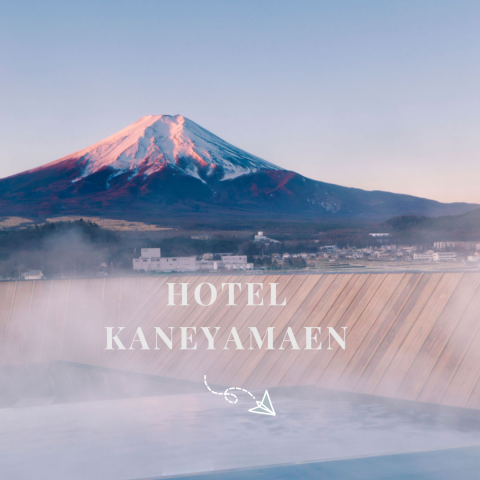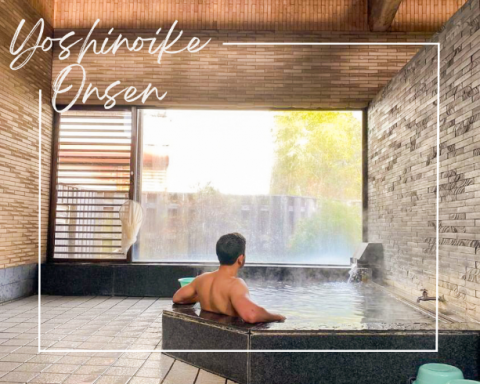Main content starts here.
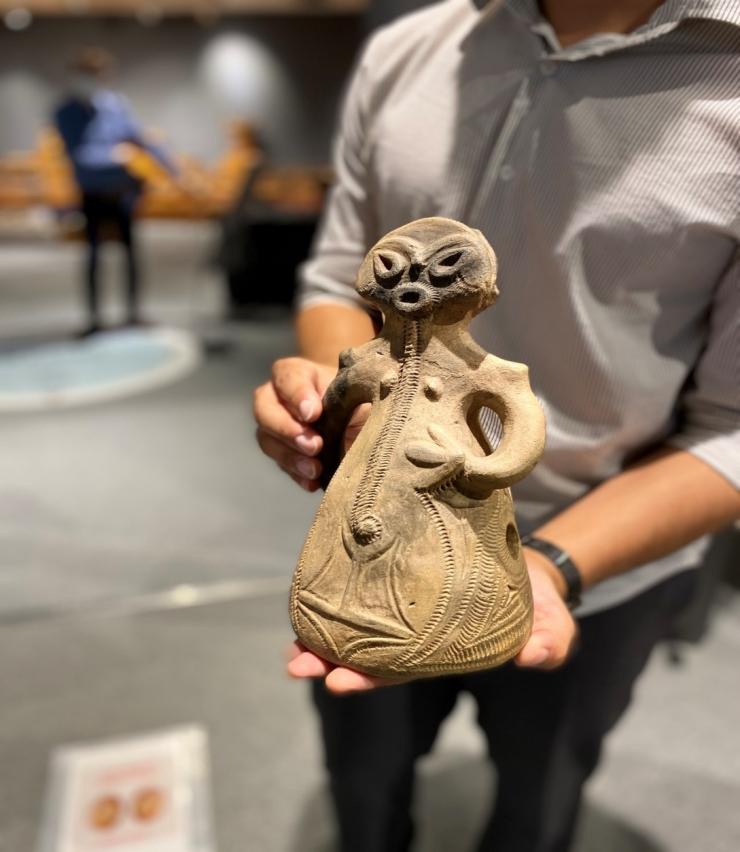
As you study the Jomon era, you will find that most dogū relics appear quite static. Most, unable to stand on their own, depict the image of motionlessness. The dogū in Yamanashi, however, are quite different. Especially, Lavie-chan, the “Goddess of Child Blessing,” is a notable example. You can see her yourself at this museum, the Furusato Bunka Denshoukan in Minami Alps City.
When it came to living conditions, the hunter-gatherer Jomon people had it hard, but maybe not as hard as the pre-historic peoples that roamed the earth amid a severe ice age. Nevertheless, the Jomon endured their own challenges, and perhaps one of the biggest hurdles for them was childbirth. With none of the modern conveniences, such as hospitals and antibiotics, it is said that only 50% of Jomon children were able to survive childbirth. And on top of that, among those who survived birth—most died before the age of ten.
Because of this, the Jomon people developed a strong desire for life and often manifested this desire in their doki and dogū relics. For example, it is believed that the faces of these relics depict children, and their bodies were made to look like that of an adult. This was a way for them to combine the features of mother and child into one, showing the circle of life in one piece of work.
Lavie-chan in particular, is incredibly unique in many ways. One being that she is a non-static depiction of a pregnant mother. Her right hand is rested on top of her stomach while her left hand is placed behind her back, trying to relieve the burden her pregnancy is placing on her back.
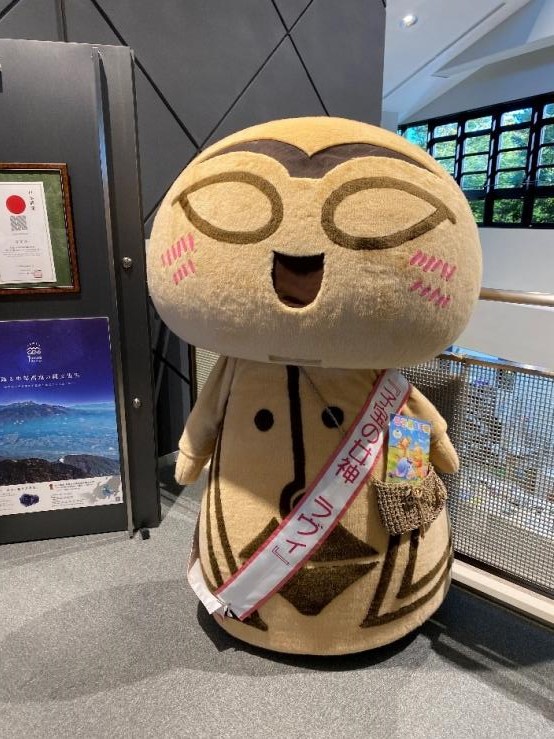
Across the world, especially in Europe, there are many ancient relics, including the Venus of Willendorf (Austria), that depict women and fertility in static and exaggerated ways (oversized, sagging breasts, defined buttocks, and other features, usually lacking a face). In contrast, Lavie-chan is so very different. Although her stomach is a bit exaggerated, a more realistic pregnant woman can be seen. For this very reason, out of all the Jomon relics in Yamanashi, it is said that Lavie-chan has visited the most museums across the world. With admirers around the world, Lavie-chan is a treasure to more than just Yamanashi and Japan.
To learn more about Lavie-chan and the other amazing pieces at Furusato Bunka Denshokan, head to Minami-Alps City and hear more from the museum curators.
More Info
Furusato Bunka Denshoukan (museum) website:
https://jomon.co/en/point/detail/20/
Address: 2727 Yagoshima, Minami-Alps Yamanashi
(Take the bus bound for Ashiyasu from the Kofu Sta. Yamanashi Kotsu bus terminal and get off at the "Yagoshima" bus stop. Walk 10 mins.)
Published on
- April 14, 2022
Share
-
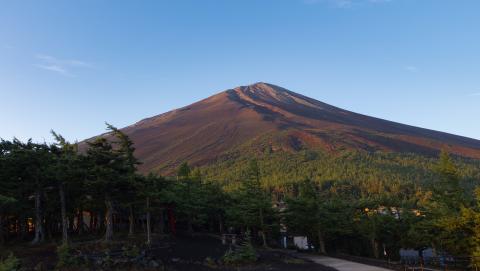
Fuji Subaru Line 5th Station & Mt. Fuji Travel Guide
March 3, 2025
Home of Mt. Fuji > Staff Journal > Furusato Bunka Denshokan (Museum)
